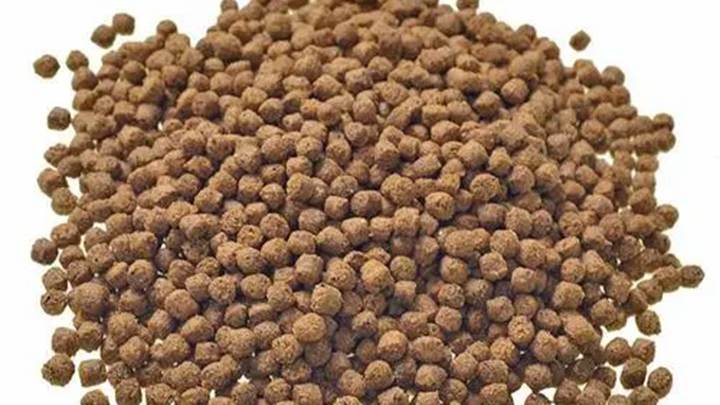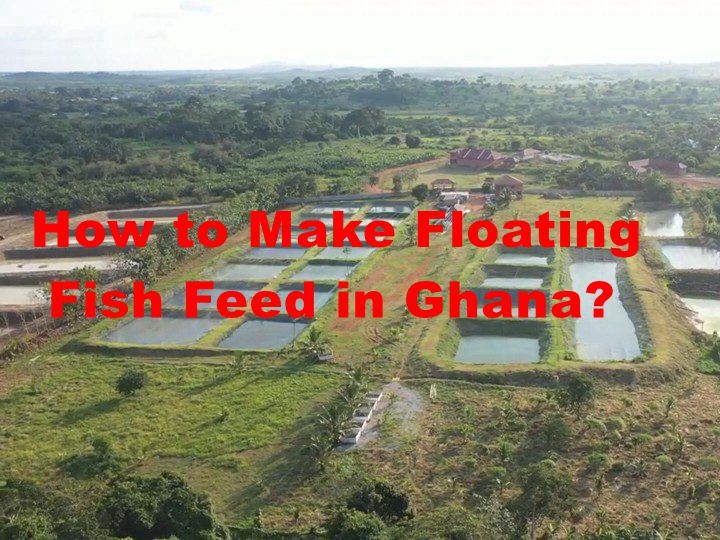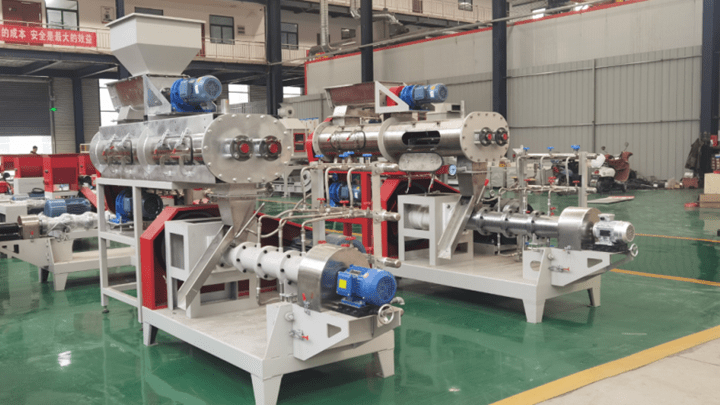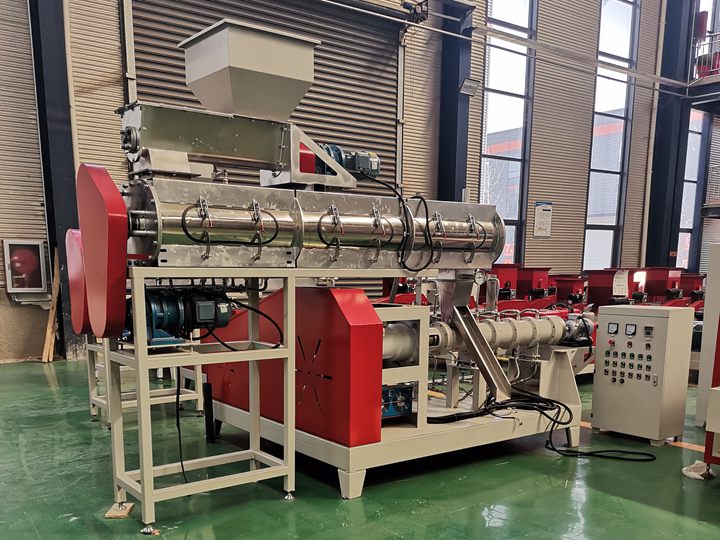The main components in fish food pellets include protein, fat, carbohydrate, cellulose, inorganic salt, etc. Some color-boosting substances are added to the feed of some ornamental fish to help the fish obtain a more vivid color on the body surface.
The raw materials of fish food pellets are generally soybean, corn, straw, rice husk, etc. The fish food pellets processed by the Lima floating fish food pellet machine have the advantages of comprehensive nutrition, strong stability, long floating time in the water, not easy to collapse, do not pollute the water body, etc., and these feed pellets are deeply loved by aquaculture farmers.
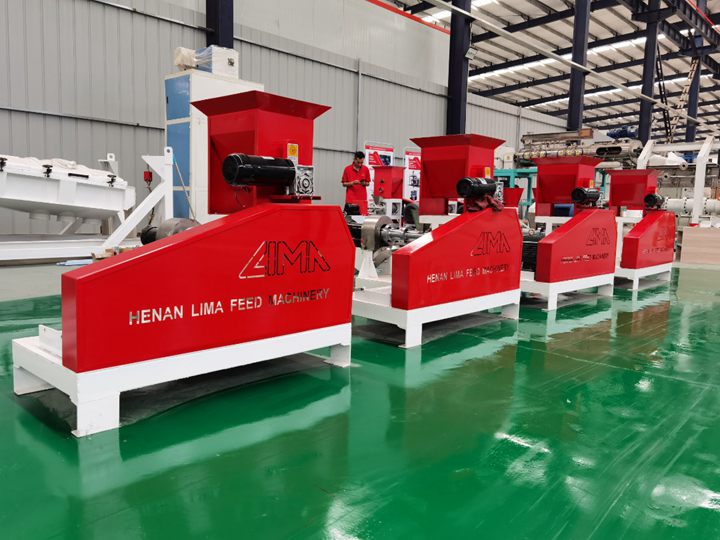
Generally speaking, the protein, fat, carbohydrate and other substances in fish food pellets can be obtained from raw materials, but some necessary inorganic salt minerals need to be added during the pelleting process, like adding the bone meal to increase the calcium content.
What are the functions of the various components in the fish food pellets?
1. Protein
Protein is a necessary nutrient for fish growth, development and reproduction. Most of the muscle tissue, skin, nerves and internal organs of fish are composed of protein. Protein is the main component of the fish body, generally accounting for 16-18% of the wet weight of the fish body.
Generally, fish food will indicate the protein content. Carnivorous or partial carnivorous fish need more than 40% protein content, omnivorous fish can be 35%, and vegetarian fish can be lower, about 30% is enough. Also note that protein is divided into animal protein and vegetable protein, and it is necessary to pay attention to the configuration according to the feeding habits of fish.
2. Fat
Fat is the main source of energy for fish activity, and it can also improve the utilization efficiency of protein and help the absorption of fat-soluble vitamins A, D, E, and K. It is usually accumulated in subcutaneous fat, and the body surface has a more delicate sense of luster. Generally, fish needs Omega-3 unsaturated fatty acids.
Fat can also provide fatty acids for fish, which promotes fish growth. Freshwater fish have a high demand for fat. In order to increase the energy content of the feed, 2% to 4% of fat can be added to the feed.
3. Carbohydrates
Carbohydrates are the main source of energy. Cereal feeds such as corn and barley are mainly composed of carbohydrates. Although the heat energy produced by sugar is lower than that of fat, feeds rich in sugar are cheaper and have higher usable value, which can reduce the consumption of protein. Generally, carbohydrate feed accounts for 30%-50% of compound feed
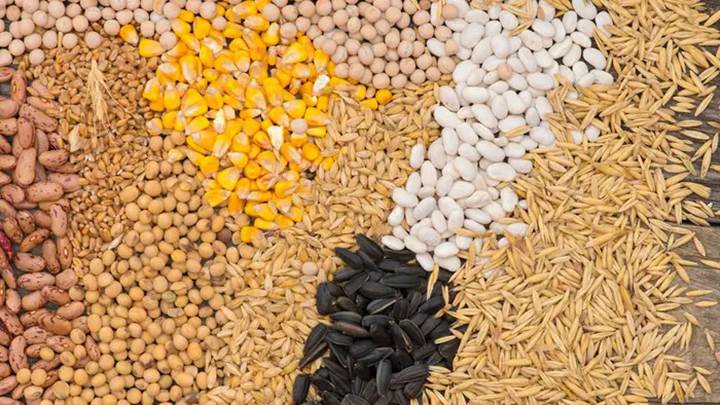
4. Cellulose
Fish cannot digest cellulose, but cellulose can help intestinal peristalsis, especially omnivorous or partial vegetarian fish need to add cellulose to the fish food, but partial carnivorous fish are not suitable for high-fiber foods.
5. Inorganic salts
Including calcium, phosphorus, sodium, potassium, iron, iodine and other inorganic salt minerals, generally expressed as ash on the ingredient list, most of these minerals are bone components, and some are blood cells or enzymes.
Minerals are also nutrients that cannot be ignored. Minerals in the feed can improve the utilization rate of other nutrients by fish, promote the growth of fish bones, muscles and other tissues, and improve appetite and promote growth.
6. Color-boosting substances
This is for ornamental fish. In order to make the ornamental fish more beautiful and attractive, some raw materials with color-enhancing effects are usually added to the fish food, such as green algae, spirulina, shrimp, crab, etc., which can help fish pigment cells accumulate various pigments.
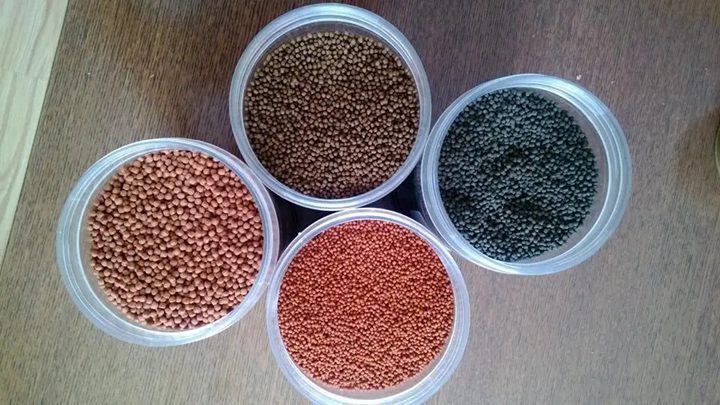
Components of fish feed pellets at different stages
The content of ingredients required for the fish feed pellets at different stages is also different. In the floating fish food pellet production line, the content of each ingredient in the fish food pellets can be adjusted by adding various equipment, so that the fish food at the final production place can meet the maximum benefits needed.
| Proximate composition(%) | Larval | Post larval | Starter | Grower | Finisher | Broodstock |
| Moisture | <11 | <11 | <12 | <12 | <12 | <10 |
| Crude protein | 45 | 45 | 40 | 38 | 36 | 38 |
| Crude lipid | 10 | 10 | 7 | 7 | 6 | 8 |
| Crude fiber | <3 | <3 | <4 | <4 | <5 | <5 |
| Carbohydrate | 10-15 | 10-15 | 10-15 | 15-25 | 20-30 | 15-25 |
| Energy(Kcal/100g feed) | 340-400 | 340-400 | 320-400 | 320-400 | 300-400 | 300-400 |
| Ash | <14 | <14 | <14 | <14 | <14 | <14 |
| Phosphorus | 0 | 1-1.5 | 1-1.5 | 1-1.5 | 1-1.5 | 1-1.5 |

